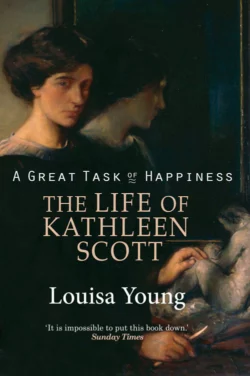A Great Task of Happiness: The Life of Kathleen Scott

Louisa Young
Тип: электронная книга
Жанр: Биографии и мемуары
Язык: на английском языке
Стоимость: 191.96 ₽
Статус: В продаже
Издательство: HarperCollins
Дата публикации: 28.04.2024
Отзывы: Пока нет Добавить отзыв
О книге: Louisa Young, the best-selling author of MY DEAR I WANTED TO TELL YOU is also the granddaughter of the celebrated sculptor, Kathleen Scott. In A Great Task of Happiness: The Life of Kathleen Scott she tells us about an extraordinary woman and a celebrated artist.Kathleen Scott led a remarkable life despite an unremarkable start as a Victorian girl in a normal, middle class family; but she went on to grab life by the reigns and lead an extraordinary life. Her gift as a celebrated sculptor, her role as wife to Captain Scott of the Antarctic and her circle of artistic influencers was quite something.And here, in this biography, is captured the energy of a life lived to the brim, and a masterly account of a woman who up until now was only known as an explorer’s widow.Discover the story of Kathleen Scott.